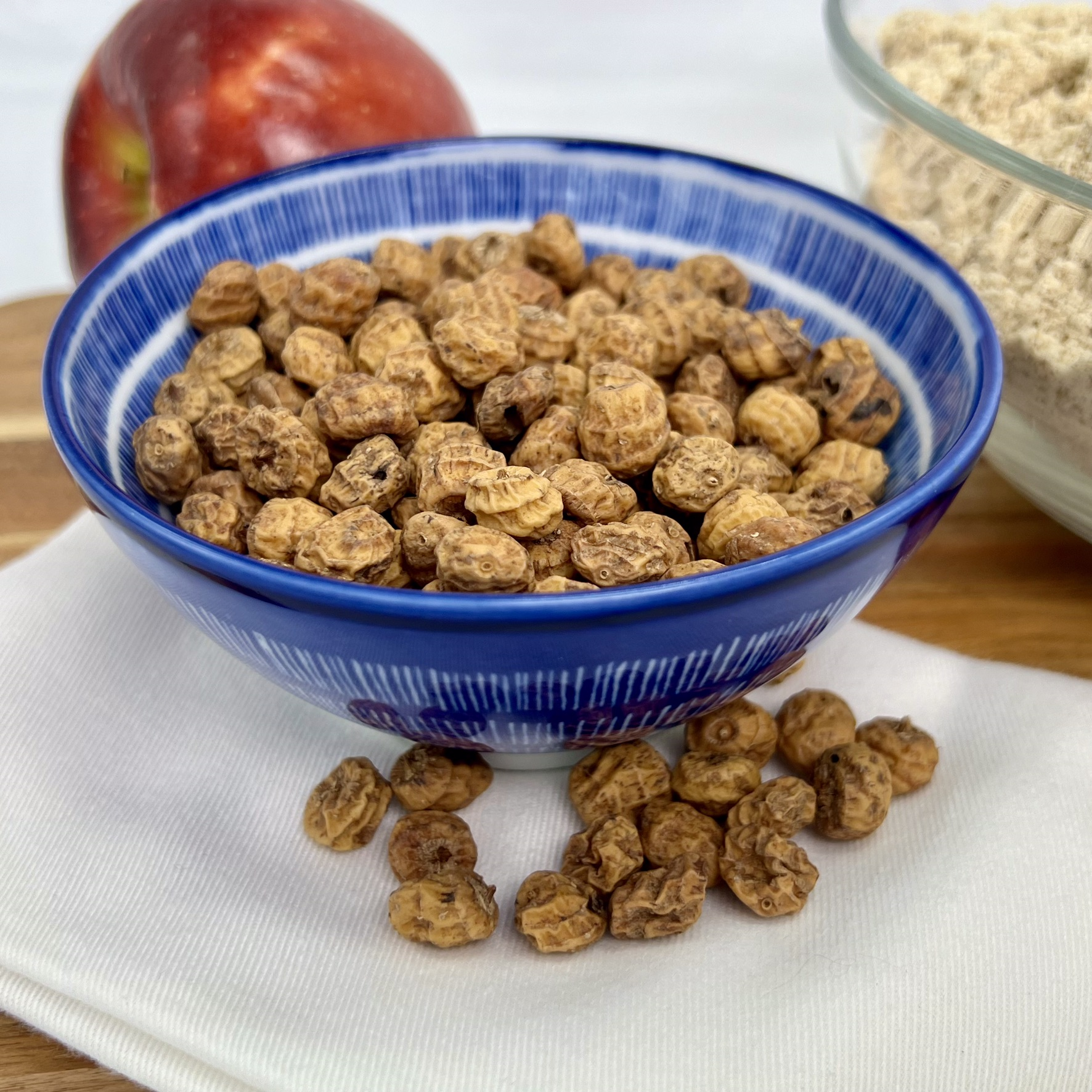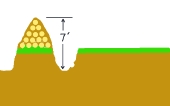

 15
15





- Tim's Homestead Journal - Purchase a copy of Building a Better World in Your Backyard - Purchase 6 Decks of Permaculture Cards -
- Purchase 12x Decks of Permaculture Cards - Purchase a copy of the SKIP Book - Purchase 12x copies of Building a Better World in your Backyard
 14
14




Passionate advocate for living at a human scale and pace.
Help me grow the permaculture presence in Indiana https://permies.com/t/243107
Concise Guide to Permies' Publishing Standards: https://permies.com/wiki/220744

 9
9




Be joyful, though you have considered all the facts. ~Wendell Berry










 7
7





Be joyful, though you have considered all the facts. ~Wendell Berry

 11
11




Tradition is not the worship of ashes, but the preservation of fire.












 8
8




- Tim's Homestead Journal - Purchase a copy of Building a Better World in Your Backyard - Purchase 6 Decks of Permaculture Cards -
- Purchase 12x Decks of Permaculture Cards - Purchase a copy of the SKIP Book - Purchase 12x copies of Building a Better World in your Backyard










 7
7




Timothy Norton wrote:So far, an easy pick for me is the humble Pea.
...It pairs well with many other vegetables without issue so intermixing isn't a difficult thing.
Be joyful, though you have considered all the facts. ~Wendell Berry
 3
3




Jim Garlits wrote:For GAMCOD, this is a concern because you want to maximize calories. But from a nutrition standpoint, that is misleading to say the least.

 6
6




How Permies works: https://permies.com/wiki/34193/permies-works-links-threads
My projects on Skye: The tree field, Growing and landracing, perennial polycultures, "Don't dream it - be it! "
 16
16





 3
3




 6
6
















 9
9




Arthur Wierzchos wrote:I propose a GAMCOD species food calories wiki page.
How Permies works: https://permies.com/wiki/34193/permies-works-links-threads
My projects on Skye: The tree field, Growing and landracing, perennial polycultures, "Don't dream it - be it! "
 4
4




 7
7




paul wheaton wrote:I wonder if some people might do something like fukuoka: two or three crops in one year on the same patch.
 4
4




 3
3




According to research by Dr. Jane Mt. Pleasant of Cornell University, the Three Sisters yields 12.25 x 106 kcal/ha. This is more energy than other crop monocultures or mixtures.
 13
13




How permies.com works
What is a Mother Tree ?
 1
1




 3
3




paul wheaton wrote:my only complaint about that page is that they are saying "kcal" when I think they mean "cal".
"If you always do, what you always did, you'll always get, what you always got!" Mike S.
"It's easy to chop out excess trees. It's really hard to get a mature tree today." Joseph Lofthouse
 17
17




paul wheaton wrote:I asked google about the three sisters
According to research by Dr. Jane Mt. Pleasant of Cornell University, the Three Sisters yields 12.25 x 106 kcal/ha. This is more energy than other crop monocultures or mixtures.
That's 1.3 million calories per hectare. So half a million calories per acre. That doesn't sound super amazing.
Maybe these were dry land crop experiments?
ie, a bit under a million per person.on a yearly basis, each adult would require 912,500 kcal and 22 kg of protein.
ie around 13 million per hectare.The Three Sisters provides energy for 13.42 people/ha and protein for 15.86 people/ha, more than any of the monocultures or monoculture mixtures
12.25 x 106 kcal/ha

How permies.com works
What is a Mother Tree ?
 3
3




Kim Goodwin wrote:This video might help people who are interested in GAMCOD:
It shows how efficient gardening is. It's beyond what most people imagine.
This man grew a year's worth of food on 1400 sq ft. To round out the diet nutritionally, he had his "ghost acre" - chickens that were raised off site for eggs.
GAMCOD is sort of like this project, except with the focus on calories. Calories are what will make the GAMCOD results apply more directly to the "Feed the World" agricultural views. I think that no matter how anyone does it, if it's in accordance with the proposed GAMCOD rules, it looks like it will be vastly more nutritionally fulfilling than the typical US diet. So I think we are on a great track here!
Passionate advocate for living at a human scale and pace.
Help me grow the permaculture presence in Indiana https://permies.com/t/243107
Concise Guide to Permies' Publishing Standards: https://permies.com/wiki/220744
 9
9




Like my shiny badges? Want your own? Check out Skills to Inherit Property!
 4
4




Ashley Cottonwood wrote:When I was picturing in my head my garden space for GAMCOD I was thinking like a dozen species stacked on top of each other. This is why counting the calories per acre was confusing to me.












 5
5




 1
1




Christopher Weeks wrote:I think ultimately, if the point is to show how easy it is to grow a million Calories on an acre of dirt, we'll figure the Calories we grow on our 200 sqft and multiply it by 217.8 to get the amount we would have grown if we had been tending an acre.
 My brain was in the mode of "tracking the progress through the growing season" and counting it the whole time by the calories per acre!
My brain was in the mode of "tracking the progress through the growing season" and counting it the whole time by the calories per acre! 
 4
4




 2
2





"We carry a new world here, in our hearts..." --Buenaventura Durruti
"Don't wish it were easier. Instead, wish you were better." --Jim Rohn
 5
5




Stephen B. Thomas wrote:I have a question about pumpkins.
The calories of pumpkin flesh are pretty weak, something like 30 - 33. Meanwhile, the seeds have calorie counts in the 100s.
To accurately measure our calorie count, is it suggested we process our pumpkins and measure the weight of the flesh and then the seeds, separately?
...Asking for a friend.
Weeds are just plants with enough surplus will to live to withstand normal levels of gardening!--Alexandra Petri




Zone 6, 45 inches precipitation, hard clay soil




 1
1




Invasive plants are Earth's way of insisting we notice her medicines. Stephen Herrod Buhner
Everyone learns what works by learning what doesn't work. Stephen Herrod Buhner
 4
4




Anne Miller wrote:To me, it is not about calories. Instead it is about nutrition.
How permies.com works
What is a Mother Tree ?
 1
1




May Lotito wrote:For calculating squash meat/flesh calories, I am wondering for accuracy, the dry matter percentage is a better indication. For example,
summer squash is picked young with high water content, it's calories level is at 17 kcal/100g
Pumpkin is more matured and has a higher DM, it's calories level is at 26 kcal/100g
Winter squash: more dry and dense at 34 kcal/100g.
In the list above all winter squashes are the same. I grow a kind of Butternut squash and the fruits take two weeks to reach full size and another 6-8 weeks to have woody stems (aka carbohydrates transported from leaves stop). I would say dry matter wise, it is higher than other winter squashes that require less time to mature. It is also reflected in its storage longevity because there is more carbohydrates per weight to burn. Anyway, I am going to assign a higher number of 45 kcal/100g to fully matured butternut, I get the number online too.
Weeds are just plants with enough surplus will to live to withstand normal levels of gardening!--Alexandra Petri

| I agree. Here's the link: http://stoves2.com |






